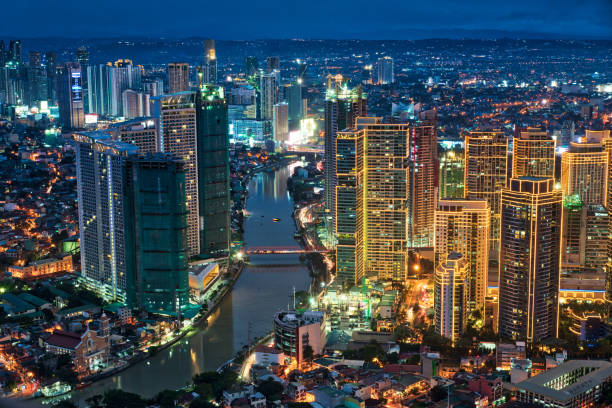MANILA, Philippines: The recent series of strong earthquakes in the province of Surigao del Sur and nearby provinces have left a significant impact on the local communities. According to the National Disaster Risk Reduction and Management Council (NDRRMC), a total of 132,615 families, equivalent to 528,203 residents, have been affected by these seismic events.
The affected areas include 311 villages (barangays) in Northern Mindanao, Davao region, and Caraga. The Office of Civil Defense has reported that these families include both those who have been displaced and those who do not require evacuation.
As of the latest update on Tuesday night, there are still ongoing verifications of reports regarding casualties. Currently, three deaths and 48 injuries are being verified. Among the reported deaths, two are from Caraga and one from the Davao region.
In addition to the human toll, the earthquakes have also caused significant damage to infrastructure and homes. The NDRRMC has recorded 3,887 damaged houses in Northern Mindanao, Davao region, and Caraga. Furthermore, the estimated cost of infrastructure damage in the Davao region and Caraga is approximately P4.8 million.
The first earthquake, with a magnitude of 7.4, struck Surigao del Sur late on Saturday night. Its epicenter was recorded east of Hinatuan town. This was followed by another earthquake with a magnitude of 6.8, which struck north-northeast of Cagwait, Surigao del Sur, early Monday morning.
These seismic events have caused significant disruption and distress to the affected communities. Local authorities and disaster management agencies are working tirelessly to provide assistance and support to those in need. Relief efforts are underway to ensure that affected families receive the necessary aid and resources.
It is essential for individuals and organizations to remain vigilant and stay updated on the latest developments regarding the earthquakes. Following safety protocols and guidelines, such as seeking shelter in designated evacuation centers and avoiding damaged structures, is crucial to ensure personal safety during such natural disasters.
In light of these recent events, it is important to emphasize the significance of disaster preparedness and resilience. Communities and individuals should prioritize efforts to strengthen infrastructure, implement early warning systems, and educate themselves on proper response protocols.
As the affected regions recover from the aftermath of these earthquakes, international support and solidarity play a crucial role in helping rebuild and restore the affected communities. Cooperation and collaboration among nations are essential in addressing the challenges posed by natural disasters.
By working together, we can strive towards a safer and more resilient future, where communities are better equipped to withstand and recover from the impact of natural calamities.
Source: The Manila Times







